Herb Provence: The Secret Garden of Global Spice Traditions
In the sun-drenched fields of Southern France, where lavender sways gently in the breeze and olive trees whisper ancient secrets, lies one of the most iconic spice blends in the culinary world — Herbes de Provence. Often shortened to just herb provence, this aromatic medley isn’t just a seasoning; it’s a passport to flavor that transcends borders and traditions.
In this article, we’ll take you on a journey through the history, composition, uses, and global adaptations of herb provence. Along the way, we’ll sprinkle in some practical tips, fun facts, and even a few surprising twists!
Table of Contents
- A Taste of History: Where Did Herb Provence Come From?
- What's in a Name? Decoding the Ingredients
- From Kitchen to Table: Creative Ways to Use Herb Provence
- Global Twist: How Different Cultures Adapt Herb Provence
- Buying vs. Making: Which One Should You Choose?
- Grow Your Own: A Mini Herb Garden at Home
- Flavor Pairings: What Goes Best with Herb Provence?
- Quick Recap: 5 Key Takeaways About Herb Provence
A Taste of History: Where Did Herb Provence Come From?
The origins of herbes de Provence trace back centuries to the region of Provence in southeastern France. Long before supermarkets stocked neatly labeled spice jars, locals dried and blended whatever herbs grew abundantly in their gardens or nearby hills.
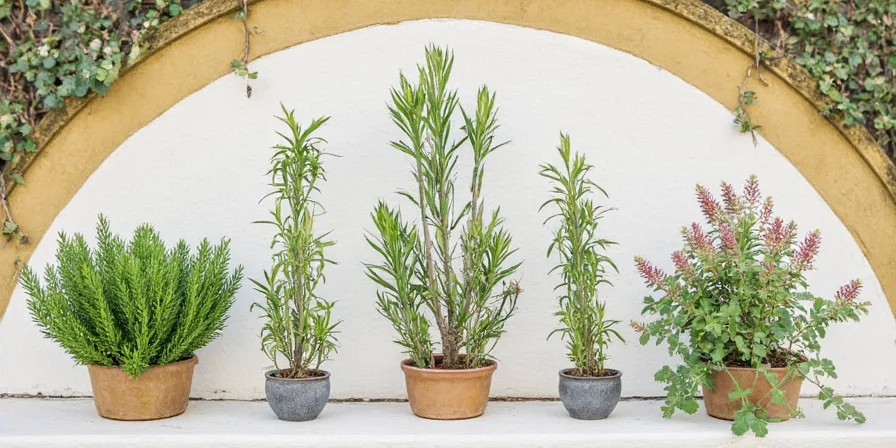
This blend became an essential part of Provençal cooking, used to season everything from roasted meats to rustic breads. Interestingly, the modern version we know today was popularized by the French spice company Ducros in the 1970s as a commercial product, which sparked its international fame.
What's in a Name? Decoding the Ingredients
Unlike standardized spice mixes like garam masala or ras el hanout, herb provence is delightfully flexible. However, most traditional recipes include:
- Thyme – Earthy and floral
- Rosemary – Pine-like, strong, and woody
- Marjoram – Sweeter and more delicate than oregano
- Savory – Peppery and assertive
- Basil – Bright and sweet (often added fresh)
- Lavender – Adds floral notes (used sparingly!)
Some variations may also include fennel seeds, sage, or even mint, depending on the household or region.
| Herb | Taste Profile | Common Uses |
|---|---|---|
| Thyme | Earthy, slightly minty | Roasted vegetables, stews, meats |
| Rosemary | Piney, robust | Lamb, potatoes, focaccia |
| Marjoram | Sweet, citrusy | Fish, poultry, tomato sauces |
| Lavender | Floral, perfume-like | Used sparingly in savory dishes, desserts |
From Kitchen to Table: Creative Ways to Use Herb Provence
If you think herb provence is only for roast chicken or grilled veggies, think again! Here are some unconventional but delicious ways to use this versatile mix:
- Mix into compound butter – Spread on warm baguettes or melt over grilled steak.
- Season popcorn – For a savory twist that beats plain salt.
- Add to bread dough – Especially great in rosemary-lavender focaccia.
- Infuse oil or vinegar – Make your own flavored condiments for dressings or marinades.
- Use in dessert – Yes, really! Try a pinch in chocolate truffles or shortbread cookies with lemon zest.
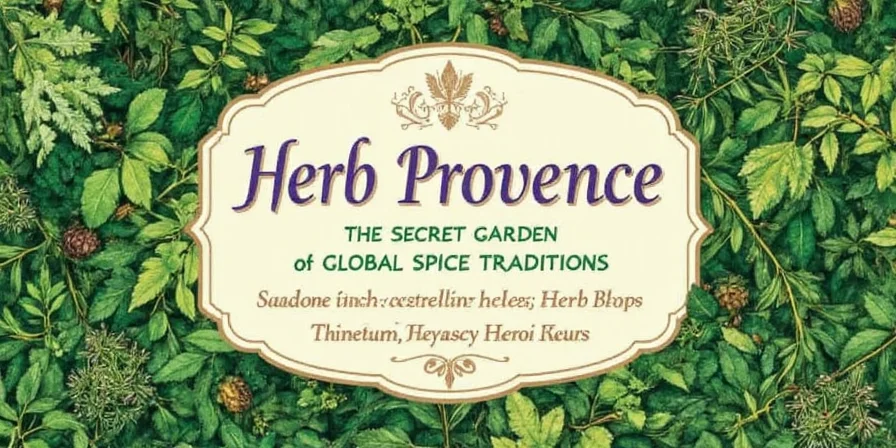
Global Twist: How Different Cultures Adapt Herb Provence
While herb provence is proudly French, its flavors have inspired cooks around the globe. Let’s explore how different cuisines reinterpret this beloved blend:
- Italian Style: More basil, less lavender. Think pizza crusts, pasta sauces, and caprese-inspired dishes.
- Mediterranean Fusion: Add sumac, za’atar, or oregano for a Levantine flair.
- American BBQ: Replace rosemary with smoked paprika and add garlic powder for a smoky rub.
- Asian-Inspired: Mix with lemongrass, ginger, and chili for a fusion dry rub on grilled tofu or pork.
- Mexican Makeover: Combine with cumin, cilantro, and lime zest for taco seasoning or salsa verde boosters.
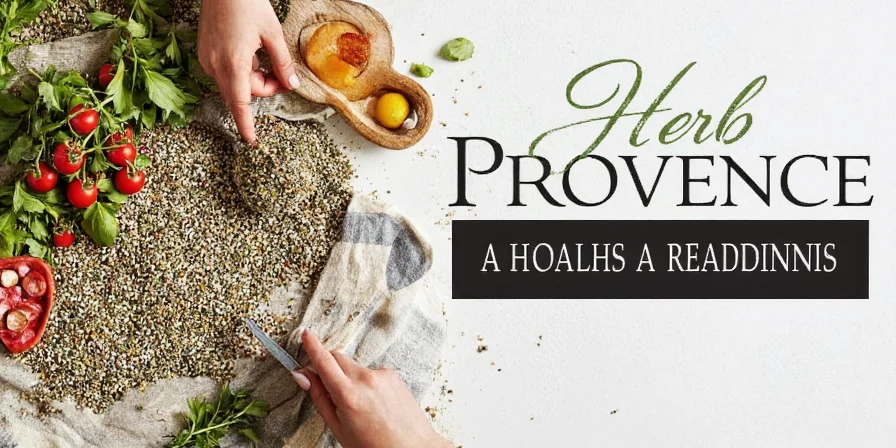
Buying vs. Making: Which One Should You Choose?
You can easily find pre-made herb provence at most grocery stores, but making your own has distinct advantages:
| Option | Pros | Cons |
|---|---|---|
| Store-Bought | Convenient, consistent flavor | May contain fillers or artificial additives |
| DIY Blend | Fresher, customizable, often cheaper | Takes time, requires quality ingredients |
Pro Tip: If you’re new to blending, start with store-bought to understand the balance. Then, experiment with ratios at home!
Simple DIY Herb Provence Recipe
- 2 tbsp dried thyme
- 1.5 tbsp dried rosemary
- 1 tbsp dried marjoram
- 1 tsp dried savory
- ½ tsp crushed lavender buds
- 1 tsp dried basil (optional)
Mix well and store in an airtight jar away from light and heat.
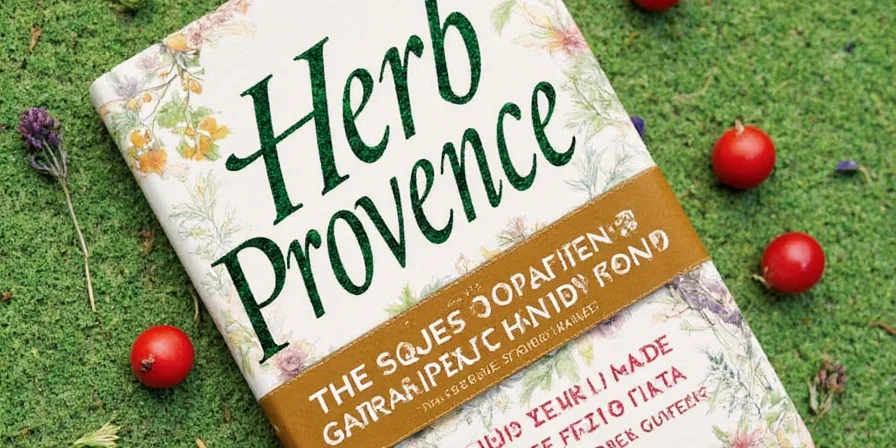
Grow Your Own: A Mini Herb Garden at Home
Why buy when you can grow? Many of the key herbs in herb provence are easy to cultivate indoors or outdoors:
- Thyme – Thrives in sunny spots with well-draining soil.
- Rosemary – Loves sunlight and hates soggy roots.
- Marjoram – Prefers partial shade and moist soil.
- Basil – Needs warmth and lots of water.
- Lavender – Demands full sun and dry conditions.
Start with small pots, and soon you’ll have a kitchen garden that smells like Provence itself!
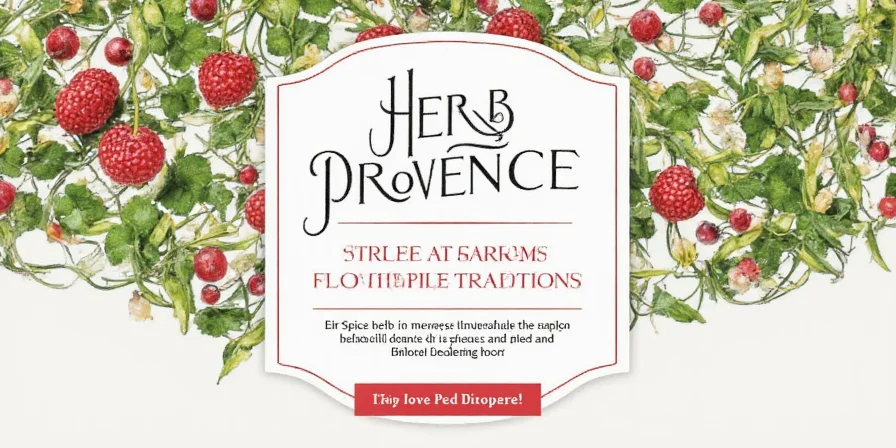
Flavor Pairings: What Goes Best with Herb Provence?
Herb provence pairs beautifully with certain ingredients and techniques. Here’s a quick guide to get the most out of your blend:
| Ingredient/Protein | Best Cooking Method | Flavor Partner |
|---|---|---|
| Chicken | Roasting, grilling | Lemon, garlic, olive oil |
| Lamb | Slow roasting, braising | Red wine, anchovy paste, fig jam |
| Eggplant | Grilling, roasting | Tomato, mozzarella, balsamic glaze |
| Potatoes | Oven roasting, pan-frying | Rosemary, garlic, Parmesan cheese |
| White Beans | Simmering in broth | Sausage, kale, tomatoes |
Quick Recap: 5 Key Takeaways About Herb Provence
- It’s regional but globally adaptable – Originally from France, now inspiring kitchens worldwide.
- Composition varies – There’s no strict recipe, allowing for personalization.
- Lavender is optional – Some love it, others avoid it. Know your audience!
- Easy to make at home – Just combine quality dried herbs in balanced proportions.
- Perfect for both savory and sweet – Don’t be afraid to get creative with applications.

Conclusion
Herb provence is far more than just a spice mix. It’s a celebration of nature, tradition, and creativity. Whether you’re sprinkling it over roasted carrots or stirring it into a summer sorbet, you're channeling centuries of French culinary wisdom — with a dash of modern flair.
So next time you reach for that jar of herb provence, remember: you're not just adding flavor — you're bringing a piece of Provence to your plate. Bon appétit!

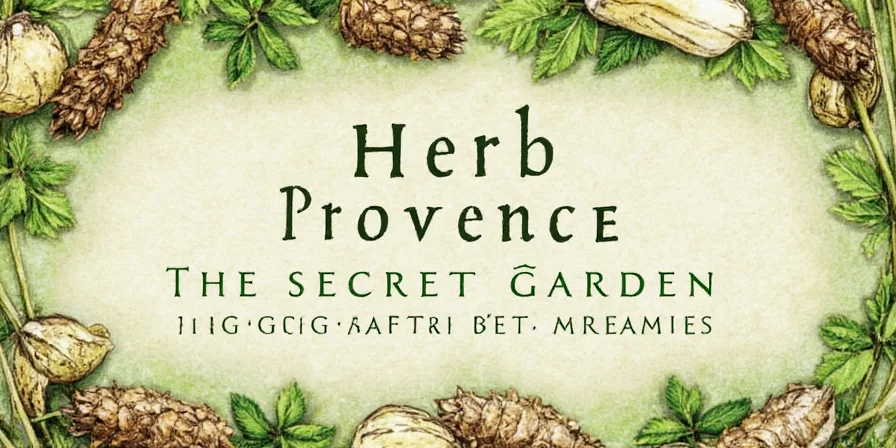









 浙公网安备
33010002000092号
浙公网安备
33010002000092号 浙B2-20120091-4
浙B2-20120091-4